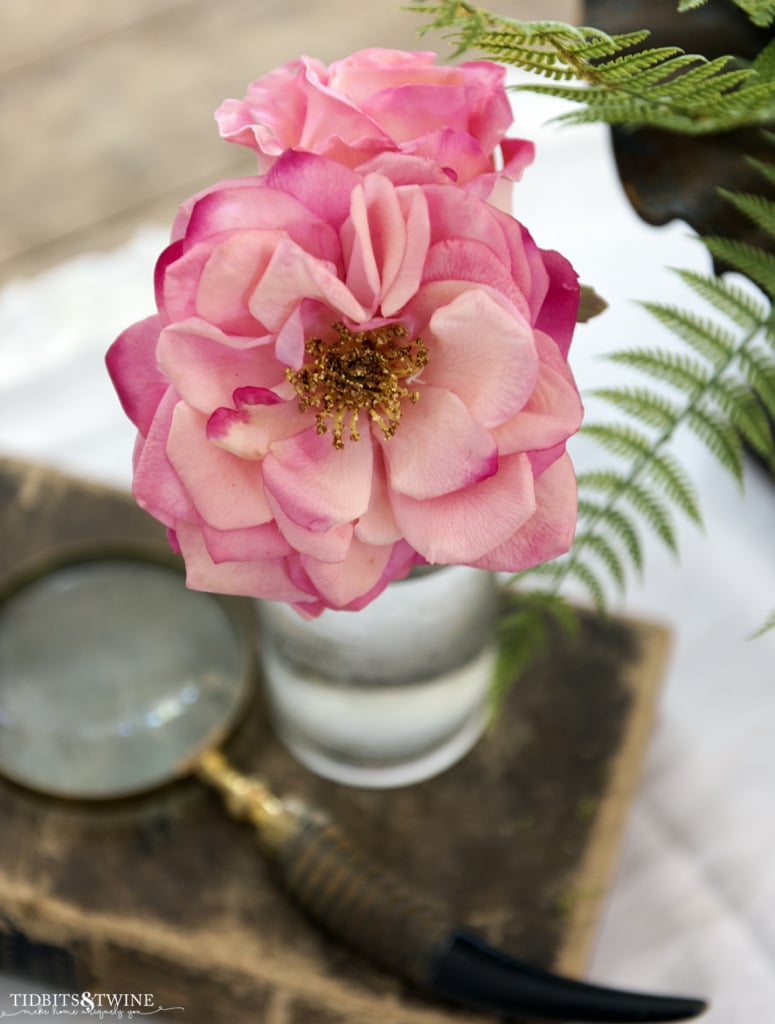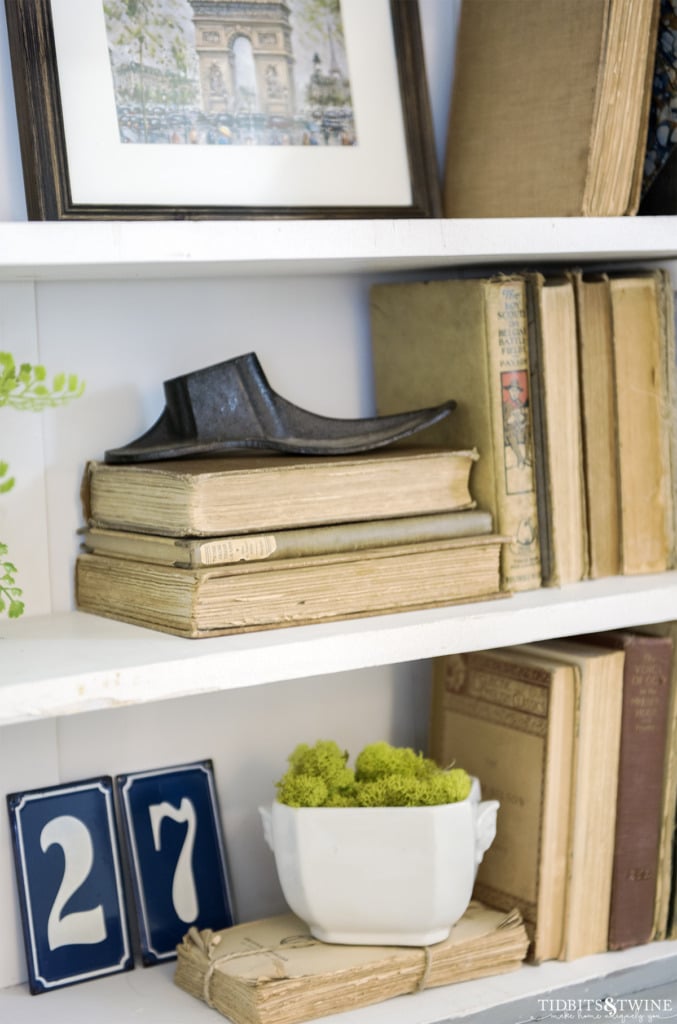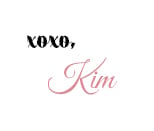Editing a room is an important step in decorating! Get tips on how and when to edit a room by asking yourself these four questions. Clear away the clutter and focus on the beauty!
I think it’s safe to say no one will ever mistake my style for Minimalism. Instead, I prefer a collected look layered with things. What I didn’t previously mention about this style of decorating is the importance of editing a room!
Curating a look over time is a process of adding meaningful things here and there as you find them, but unless you are building a room from scratch, you’ll need to take out as much as you bring in or risk creating clutter.
Editing a room allows us to focus on the beauty.
What is Editing?
Editing a room is the process of removing unnecessary items in order to let the beauty of the design show through. When decorating a space, we add and build until we feel the design is complete, but before it’s really finished, you need to evaluate whether you may have added too much!
There is a fine line between adding layers of interest and creating chaos. Unfortunately, it is all too easy to cross this line {I’ve done it many times!}. Whether styling a room, decorating a tabletop, or creating a vignette, here are four questions that I always ask myself in order to help edit the design.

Question 1: Is it necessary?
Your first thought might be “of course!” since you probably wouldn’t have bought it if you didn’t think it was, but let’s better define the word necessary. In terms of decorating, think of necessary as any or all of the following:
Is it functional? Do you use it?
If the answer is yes, then it’s necessary! Keep in mind that sometimes, we start off using an item but over time, might stop. Be sure to constantly reevaluate your answer to this question so that you don’t end up with a room full of things you no longer use.
If your item isn’t functional, it might still be necessary if it contributes to the overall look of a space. Oftentimes, decorative items aren’t functional in terms of their use, but rather function as a part of creating an overall look.
Does the item add any of the following?
- Height
- Color
- Texture
- Interest
- Visual balance
- Sentimental value
For example, you might need a tall item to create height in a corner, or a grouping of a few smaller items on one side of a mantel to balance out the visual weight of a larger item on the other side. Or perhaps you don’t need an item at all, but the sentimental value is too strong to part with it.
It’s important to take all of the things above into account when deciding what to edit from your room.

Question 2: Is it redundant?
The problem with redundancy is that sometimes, the redundant items compete with one another and instead of providing focus, they create clutter. Unless your item is functional, or is being used as “filler”, in most cases you aren’t likely to need more than one item performing any one job.
A design is easier for our eyes to process when each item has a function and we can scan a room quickly without having to stop and process anything.

Question 3: How does the space feel?
Decorating is really a matter of personal taste, so it follows that editing also involves a degree of personal preference. What seems cluttered to one person might feel great to another.
For me, it’s hard to get a sense as to how the space feels unless I approach it from a fresh perspective. Whenever I style a mantel, create a vignette, or even rearrange the furniture, I leave it for a day or so before making a decision so that I can see how it feels whenever I walk by. Sometimes, I even pretend to be a guest in my own home, literally going outside and walking in like I’m visiting for the first time. It’s amazing how much more you see when you look with fresh eyes!

Question 4: Would you miss it?
If you’re not sure as to whether an item is truly a part of your design or just “extra”, try removing it from the space for a day or two and seeing if you miss it. {The key is to remove it for more than a day because of course you’ll miss it the first day! It’s whether you still miss it after that that counts!} If you don’t miss it, then chances are it wasn’t adding anything to the design in the first place.

In reality, all of us have some things in our homes that have no function, serve no purpose, and don’t add anything to the design, but that we LOVE and are keeping no matter what! Some is fine, but an issue arises if you have too many of these items.
When all is said and done, decorating is all a matter of personal preference, so how much or how little you edit will depend on you. What you might like today you might not like tomorrow, so as our tastes change, our process of editing should change, too.
And remember, an easy way to constantly edit is to redesign, so don’t forget that important {and fun} process! You can read more about redesign here.

Join the Community
Let’s keep in touch! Get exclusive artwork plus the latest news delivered directly to your Inbox!

As usual Kim, excellent ! You are the “Yoda” of decorating!
Janet
Janet – You crack me up! Perhaps I’ll use this phrase to explain my blog to Hubby – this is definitely language he can understand! :)
As always, I come away from your posts with either new to me information or great reminders for decorating our home (an ongoing / ever changing process).
Thank you.
Karen
Hi Karen – I’m so glad that you found this post helpful!! :)
Excellent asvice
Thank you, Ana!